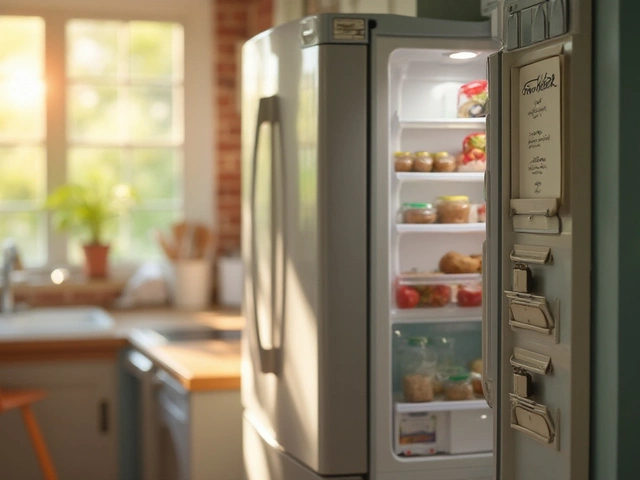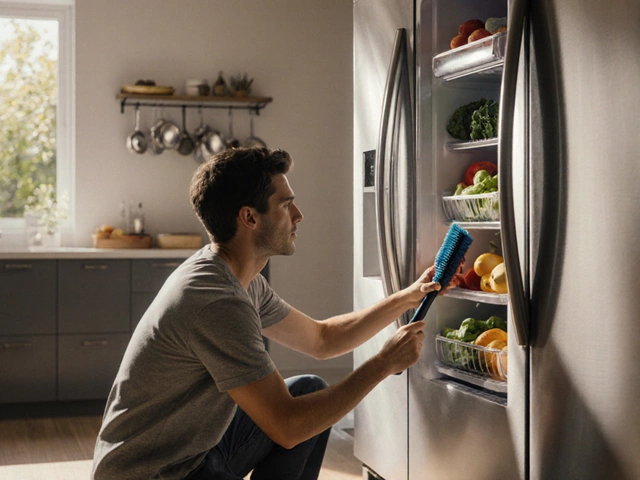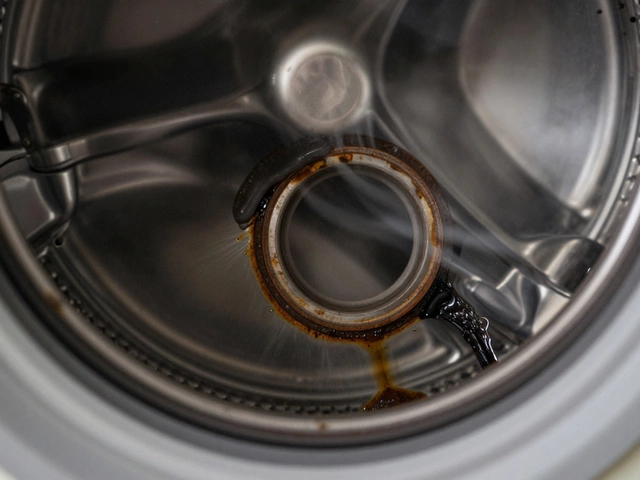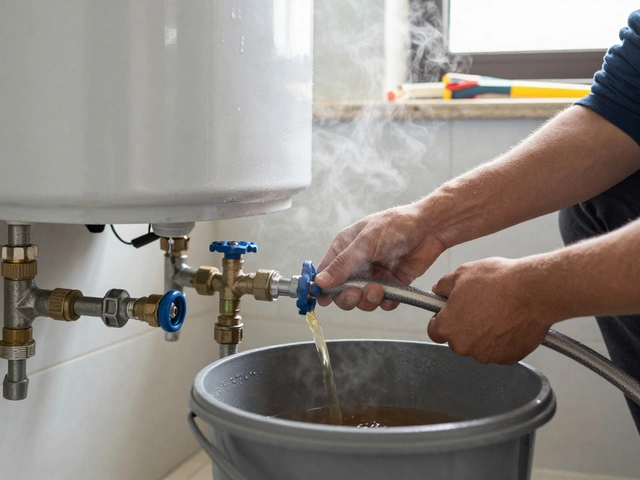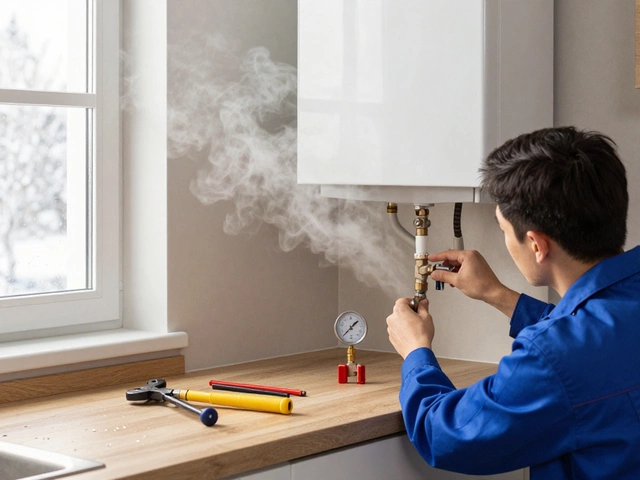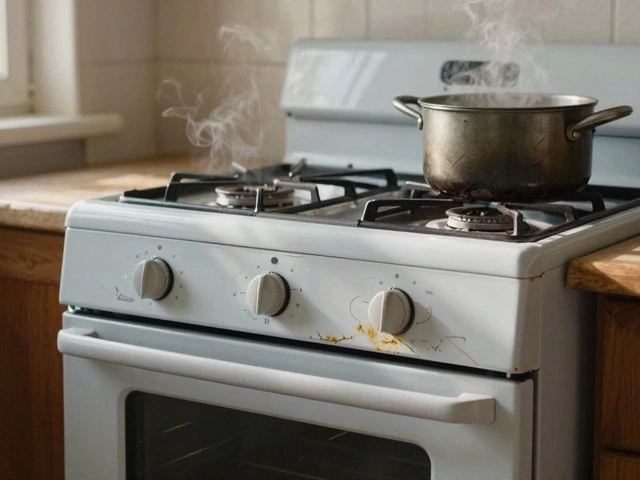Heat pumps are like the unsung heroes of modern homes—always working in the background to keep you warm when Wellington winter rain lashes the glass and cool when summer actually turns up to tease the dog. But here’s a shocker: even these magic machines can break down. One day, your living room is a cozy retreat, the next you’re wondering why the system sounds like a startled rabbit and blows lukewarm air that doesn’t cut it. Ever wondered what actually causes a heat pump to go bad? First off, it’s not some sort of mysterious blight or a full moon. It’s usually a mix of wear, neglect, and sometimes simple bad luck. Let’s pull back the curtain on heat pump problems so you don’t get caught out next time the temperature swings.
Main Heat Pump Troubles: What Fails First?
Let’s cut right to the chase—heat pumps have three core zones where trouble brews: the outside unit (the condenser), the inside unit (the evaporator), and the stuff connecting the two (think wiring, pipes, and that finicky remote). Ever had Bruno the dog chew through an extension cord? Now—and I say this with deep respect for all dogs, including my own—pets or even rodents can actually cause real issues with those outside units. But honestly, it’s often simpler problems that kill a heat pump.
Top of the list is dirt buildup. It doesn’t sound dramatic, but when dust and leaves get sucked into the outdoor unit, airflow drops and suddenly your heat pump’s working twice as hard for half the result. Air filters, if ignored, become little lint traps that choke your system. Combine this with Wellington’s salty seaside air, and you’ve got corrosion munching away at the exposed coils outside. Sometimes, the system starts leaking refrigerant. That’s bad news—a loss of refrigerant means a loss of heating or cooling power. You might not hear a hiss, but you will definitely feel the chill (or lack thereof) in your toes.
If the heat pump won’t even turn on, bad wiring is a prime suspect. Sometimes wires get loose. Sometimes a damp Wellington winter causes corrosion on the circuit board. Sometimes power surges fry a part called the capacitor—think of it as the battery that helps the compressor get moving. A failed capacitor and the whole system’s dead on arrival. Other times, there’s a fault in the thermostat, which is basically the brain telling the system when to kick in. Thermostat wires can degrade, or the device itself might glitch out and leave your pump confused about basic instructions.
Over time, moving parts wear out. The compressor is usually the last thing to fail (it’s expensive, and most are built to last), but if you skip maintenance for years, even this powerhouse grinds to a halt. You’ll hear rattles, grinding, or humming before it gives up completely.
Another odd culprit? Poorly installed systems. I’ve seen units in Wellington sitting in garden mulch, not properly elevated, gobbling up damp and dirt. A bad install means water gets in where it shouldn’t, mounts work loose, or the refrigerant lines weren’t sealed right.
Keep an eye on these issues, and you’ll catch most heat pump trouble long before it gets expensive. Don’t let simple neglect leave you shivering.
Everyday Factors That Kill Your Heat Pump
Some days you might forget your heat pump is even there, silently keeping things comfortable. But like most things with moving parts, it doesn’t take much to throw it off its game.
New Zealand’s weather is a double-edged sword for home heating and cooling systems. Humidity, coastal air, wind-blown debris—these all mess with how smoothly the coils and fans of your heat pump keep doing their job. When moisture gets in, it can lead to rust, mildew, or—if you’ve been ignoring cleaning—the dreaded mold growing inside the indoor unit. In fact, people sometimes complain about weird smells, only to discover a science experiment growing on the filter because they didn’t check it for months on end.
Speaking of filters, neglecting to change or clean them every month or so is one of the fastest ways to overwork and break a heat pump. Filters catch not just household dust, but stuff from cooking, pet dander, and pollen dragged in through open windows. If you have a pet like Bruno, double the frequency. The system loses efficiency, strains the fan motor, and soon enough, something gives way. The big clue is weaker airflow—if you notice you can hardly feel the warm or cold air, clogged filters are probably to blame.
Don’t forget the outdoor unit either. In Wellington, where you’re just as likely to see pine needles and soggy leaves as you are the odd bit of sea salt spray, debris clogging the external fins is a recurring drama. Blocked airflow isn’t just inefficient—it can cause the unit to overheat on a humid day or freeze up in winter, tripping emergency shut-downs to prevent further damage.
Constantly flipping the heat pump on and off can fool the system too. Every time you restart, electrical and mechanical parts get a jolt, and this wears components down. It’s better to set the temperature and let it work in a steady rhythm rather than hammering it with repeated starts. That habit, paired with letting a toddler “play” with the remote, is sure to make the system glitch. Thermostat malfunctions are often traced back to user errors or power surges, not just faulty parts.
Here’s something many forget: a heat pump’s outdoor unit needs open space around it to work properly. Squeeze it in behind a shed, hide it with bushes, or wrap it in a cover for winter, and you’re choking it. Always clear at least a metre around the sides, and don’t stack stuff on top—not firewood, not bikes, not a wheelbarrow. If you’ve got a keen gardener in the house, maybe remind them now and then.
Finally, age is inevitable. Even if you baby your heat pump, all systems wear out with time. The average lifespan of a modern heat pump in New Zealand sits around 10–15 years with solid care. Beyond that, efficiency fades, and parts start dropping out one after another. A good maintenance schedule is what separates a system that dies at seven years from one still humming along at fifteen.
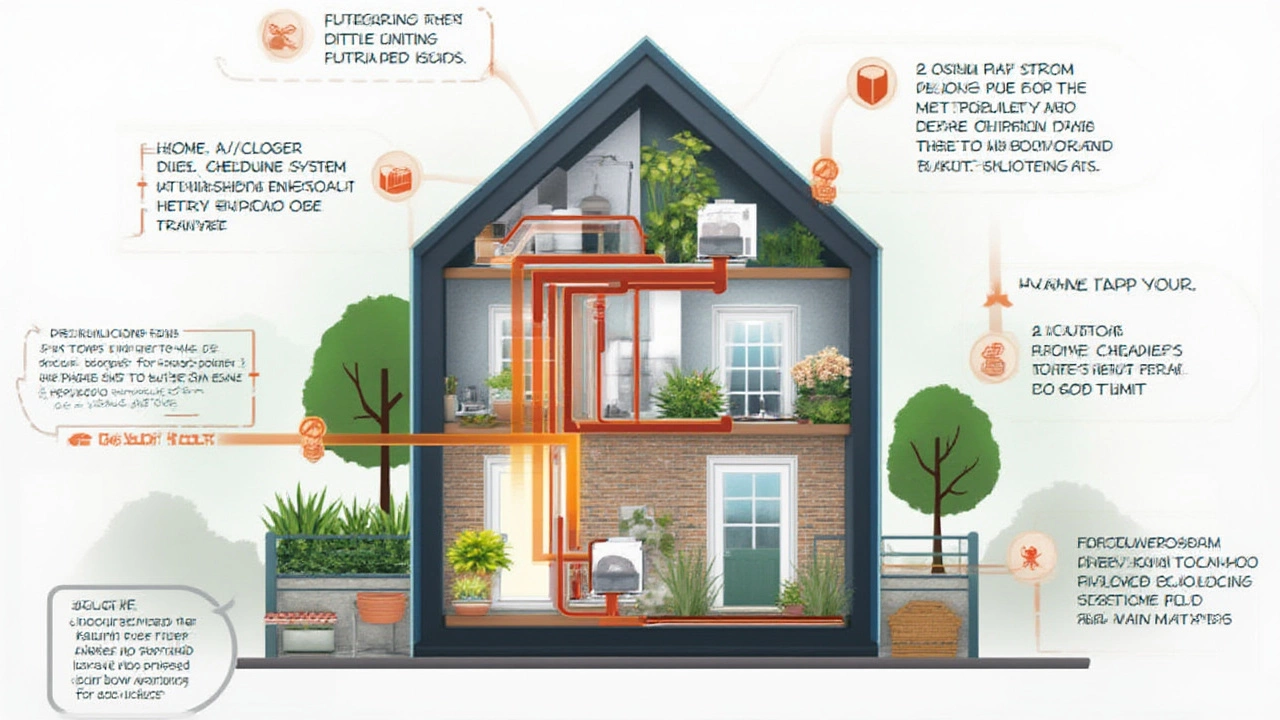
Spotting Trouble: Early Signs of Heat Pump Failure
Most heat pump fails don’t happen out of the blue. It’s usually a classic case of, “I thought it sounded odd last week but figured it would sort itself out.” Signs your heat pump is heading for a breakdown aren’t subtle if you know what to look for.
Pay close attention to unusual noises. Grinding, rattling, banging, humming, or even sharp clicks can all mean different problems—ranging from loose fan blades to serious compressor failure. If your system starts acting like a groaning dinosaur every time it turns on, that’s your sign to investigate.
Inconsistent heating or cooling is another red flag. If the system used to easily warm up the living room but now struggles for hours to make a difference, don’t just crank the setting higher. Something is stopping your heat pump from operating efficiently—usually a dirty filter, a refrigerant leak, or a compressor starting to say its final goodbyes.
A sudden rise in your power bill can also mean your heat pump is working too hard. Efficient modern systems shouldn’t send your energy costs soaring, so if you notice a jump with no big lifestyle change, your pump may have developed a hidden problem. This usually means it’s compensating for poor airflow, faulty sensors, or developing internal leaks.
Short cycling is a hidden killer—this is when the system turns on and off in quick bursts, never maintaining a steady temperature. It’s hard on the compressor, guzzles electricity, and almost always means something is off with the sensors or thermostat.
Moisture or ice buildup on the outdoor unit usually means bad drainage, poor airflow, or refrigerant issues. And don’t ignore water stains or puddles inside, either—blocked condensation drains are a recipe for mold and eventual water damage to your walls or floors.
Whenever you notice musty smells, weak airflow, unexplained banging, or the heat pump simply refusing to respond, act sooner rather than later. Even stubborn Kiwis who reckon they’ll “sort it out next week” end up shelling out heaps for repairs they could have avoided. Listen to your heat pump; it’s usually telling you what’s wrong, in its own noisy way.
How to Prevent Heat Pump Headaches
No one wants the heat pump to die just as the winter southerly kicks in, so what can you actually do? A few simple habits go a long way—trust me, this isn’t just advice for the ultra-organized.
Top tip: regular, monthly checks. Once a month, pull out or pop open those air filters and give them a clean. If you’re in a busy household with pets, smoke, or heavy cooking, double the frequency. A quick vacuum or rinse goes a long way, and the heating bills drop, too.
Every couple of months, give the outside condenser a once-over. Remove leaves, branches, and keep clutter away. If you’re not keen to brave the winter rain, at least have a look after each big storm. While you’re at it, check for obvious signs of corrosion or broken fins, and never hose the unit down with high pressure—gentle is best. My cousin once knocked a fan blade off trying to power-wash the condenser. Don’t be that guy.
Book an annual pro checkup. Yes, it costs a bit, but a qualified technician can spot worn parts, potential electrical issues, and low refrigerant long before they stop your house from staying warm. They’ll also do a deep clean inside the coils, which is usually out of reach for most DIYers. Some New Zealand suppliers require a yearly service to keep the warranty, so it’s double insurance against heat pump trouble.
Invest in a decent surge protector for your system, especially if storms are frequent in your area. Power surges can wreck sensitive electronics and cost hundreds to repair. It’s a tiny outlay for big peace of mind.
Don’t ignore the outdoor environment. If your heat pump sits under trees, get a gutter guard installed above it, or trim branches so you’re not cleaning it out after every southerly. Rainwater pooling around the base can speed up rust, so make sure it’s installed on solid, raised ground with good drainage.
When in doubt, listen to the system. Is the airflow down? Any new noise that wasn’t there before? If it sounds ‘off’, do a quick check yourself or call someone early. Early action is way cheaper and quicker than replacing the whole unit—or shivering while you wait for a fix on a cold July night.
So there you have it. A mix of attention, light cleaning, and not ignoring weird noises makes all the difference. Look after your heat pump and it’ll look after you—even if the Wellington wind never really does calm down.



